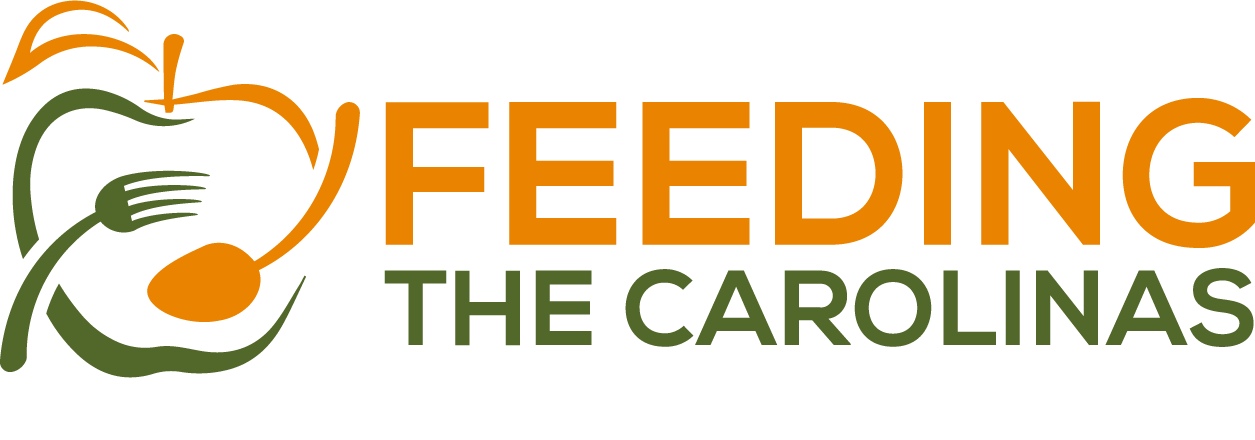Budget Cuts Are Looming, But We’re Not Backing Down.
This month, Congressional Legislators passed HR 1—a Budget Bill that will cut $186 billion from the Supplemental Nutrition Assistance Program (SNAP) over 10 years!
So, what could this mean for our neighbors here in the Carolinas? This number means: fewer meals and healthy produce for children and families, reduction of medically-tailored meals to seniors—a vital lifeline for many on fixed incomes, and a reduced number of meals provided to veterans. These federal spending cuts will cause harm to our most vulnerable citizens, but will also take a toll on our broader communities.
SNAP contributes more than $4.5 billion directly to the North & South Carolina economies. SNAP cuts mean people have less to spend at our 14,395 SNAP retailers, which hurts farmers, the larger food distribution pipeline, and local economies overall. It specifically harms folks in rural areas and small towns where there may only be 1 or 2 supermarkets or stores that accept SNAP benefits.
Learn more about the local impact of HR 1 directly from our Food Banks by checking out the articles below!
In North Carolina
North Carolina food banks worry about SNAP cuts in proposed budget bill
Justine Koksal with the Foodbank of the Albemarle says if this bill is passed, it can significantly impact rural communities. “If there were to be about a 10% cut to SNAP the food bank would have to provide upwards of 13 and a half million meals a year. For our food bank that’s not sustainable, it’s not possible” Koksal said.
Food banks concerned about impact of possible federal cuts
In this interview Food Bank of Central & Eastern NC Vice President Jason Kanawati Stephany shares what cuts to SNAP grocery support could mean for North Carolina families.
Second Harvest Food Bank responds to proposed SNAP budget cuts
Second Harvest Food Bank of Northwest North Carolina CEO Eric Aft says even a 10% cut to SNAP by the federal government would force his organization to provide nearly 30 million meals more than it’s already offering —a move he calls unsustainable. And he adds it would shift up $700 million in costs to the state and county budgets.
President Trump’s spending plan raises concerns for food crisis in North Carolina
The president’s plan includes many cuts, including one now drawing concern from the Second Harvest Food Bank of Northwest North Carolina, which would include the SNAP Program being cut by $300 billion.
Proposed SNAP cuts trouble NC food assistance programs
Featuring data and interviews from several food pantries and food banks around North Carolina, this article highlights the health impacts of nutrition assistance. Featuring: Food Bank of Central & Eastern NC, Second Harvest Food Bank of Northwest NC, CORA in Chatham County, and Nourish Up in Mecklenburg County.
Food bank in southeastern NC hit with federal funding cuts
An organization that provides millions of pounds of food each year to local residents could have less to distribute because of federal funding cuts to food insecurity programs by the Trump administration.
In South Carolina
How federal cutbacks and red tape are affecting food availability in rural South Carolina and beyond
Erin Rowe, CEO of Harvest Hope Food Bank, wishes the issue of hunger would stop being politicized. “It can’t be looked at as socialism. It can’t be looked at as states’ rights,” she said. “It’s no one factor that drives [hunger], there’s multiple factors that drive hunger in this country. It took us a long time to get this point, and it’s going to take a long time to get out, with everybody working together.”
Lowcountry Food Bank, nonprofits struggling amid recent federal funding cuts
Brenda Shaw, Chief Development Officer at the Lowcountry Food Bank, says that the largest percentage of help they receive comes from the Emergency Food Assistance Program, which accounts for over $12 million worth of the food they distribute, or about 26%. This is more than double the amount they raise every year through donations and fundraisers. Because of proposed cuts, they are undertaking a risk assessment to see what areas of the food bank will be most impacted.
Carolinas food banks already strained by Trump funding cuts face new problems
“The result of this is less food going to food pantries, therefore less food going to people in need,” Second Harvest Food Bank of Metrolina said in a statement to The Herald. “While we are actively raising funds to purchase additional food it is unrealistic to think we can raise sufficient funds to completely replace 20% of our food supply.”
